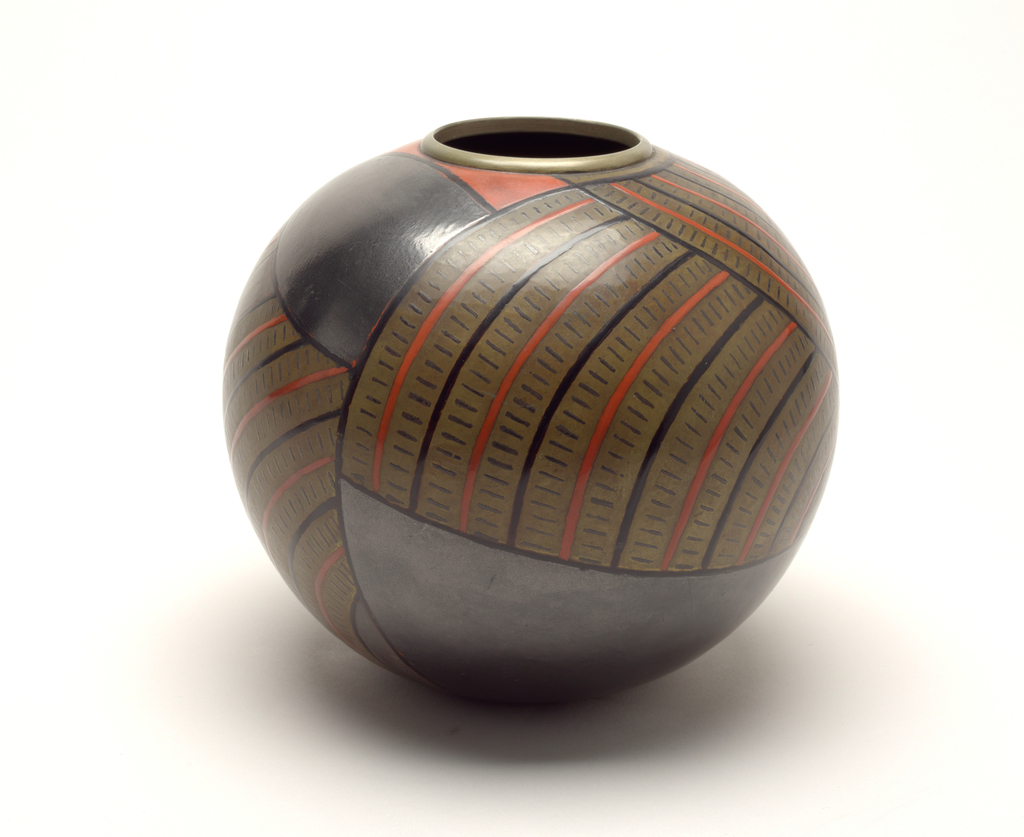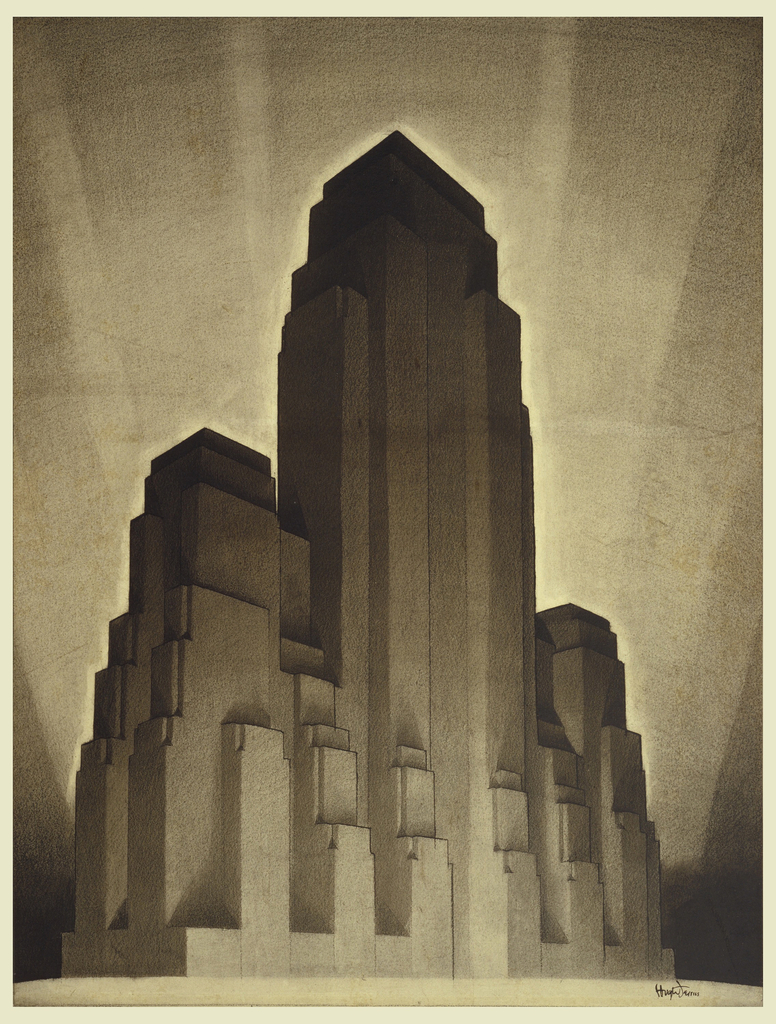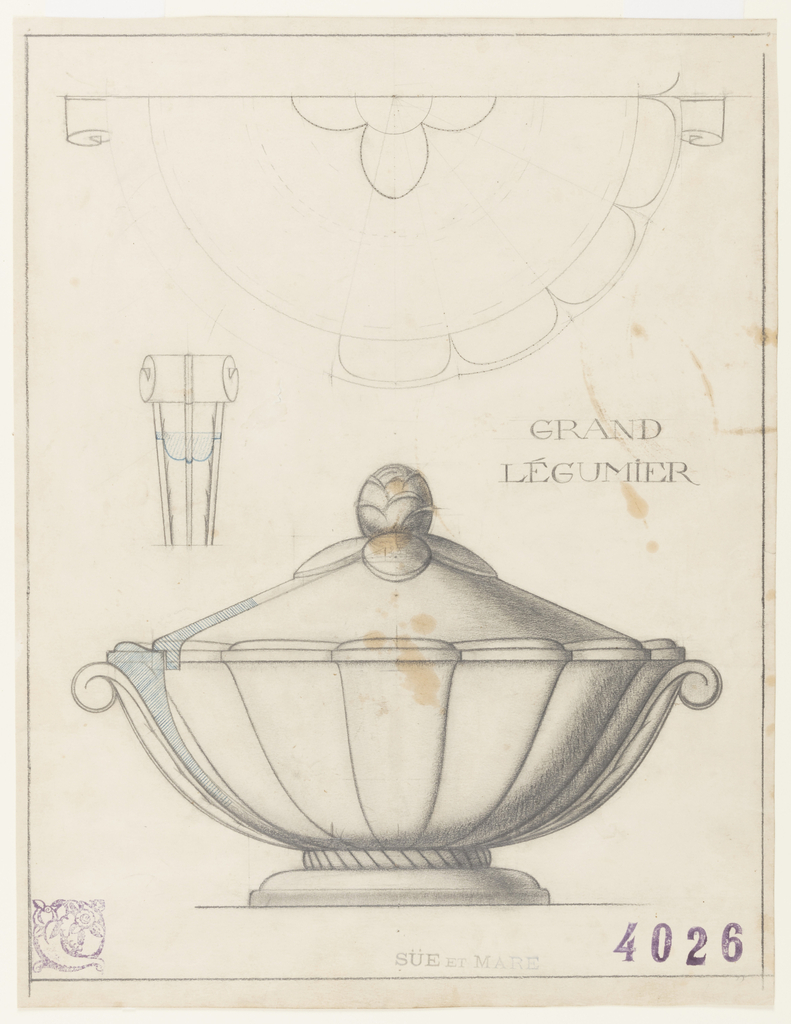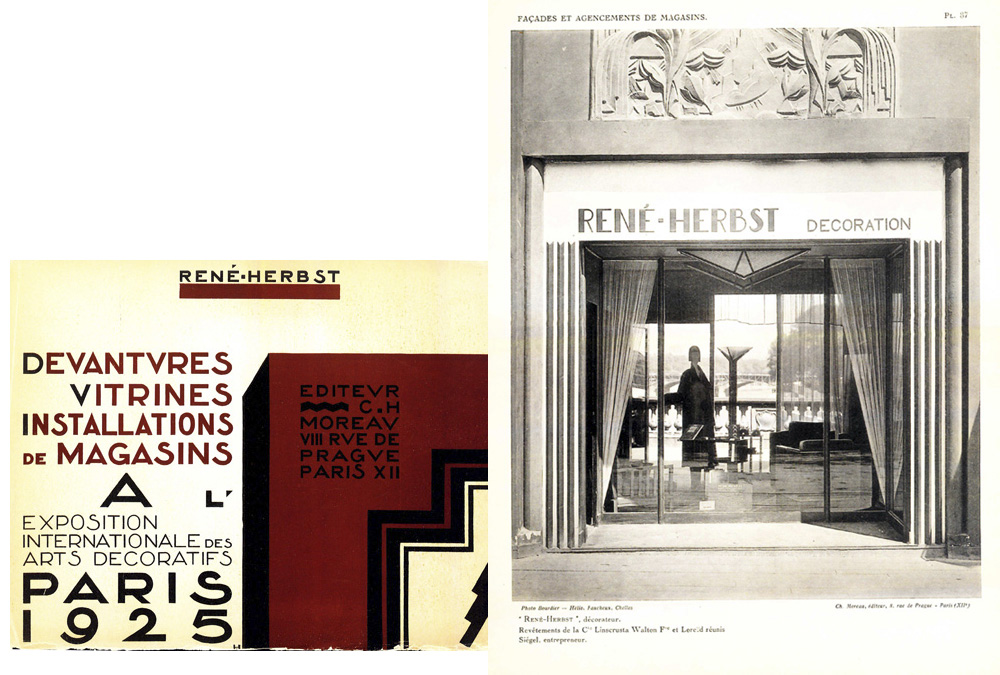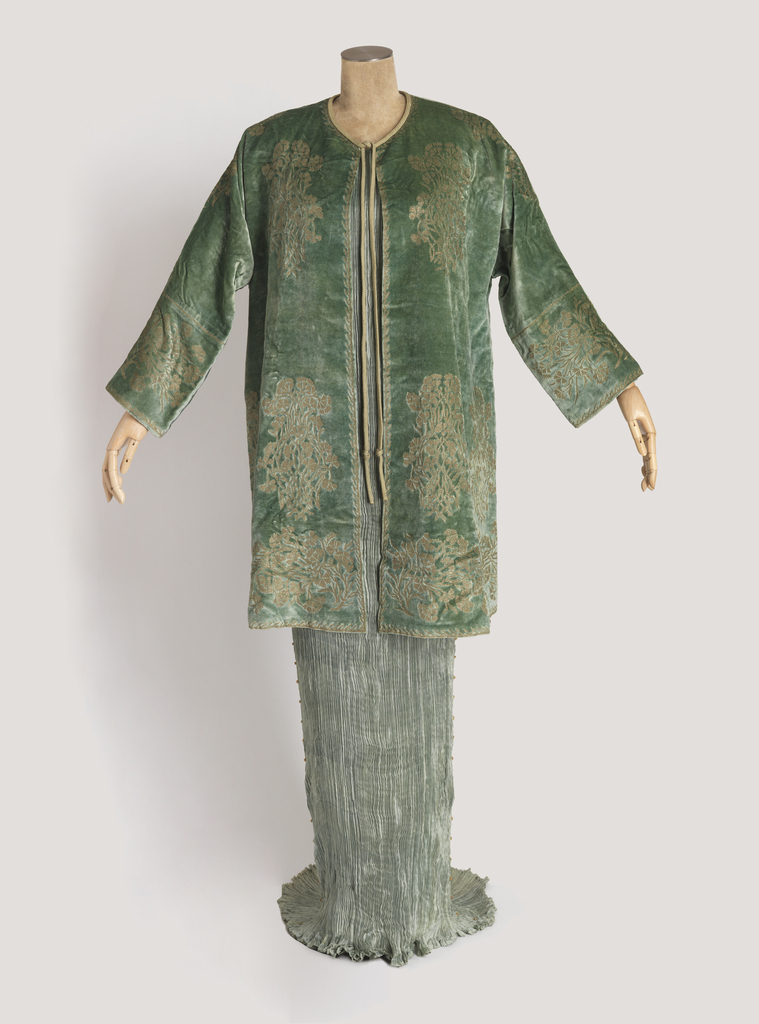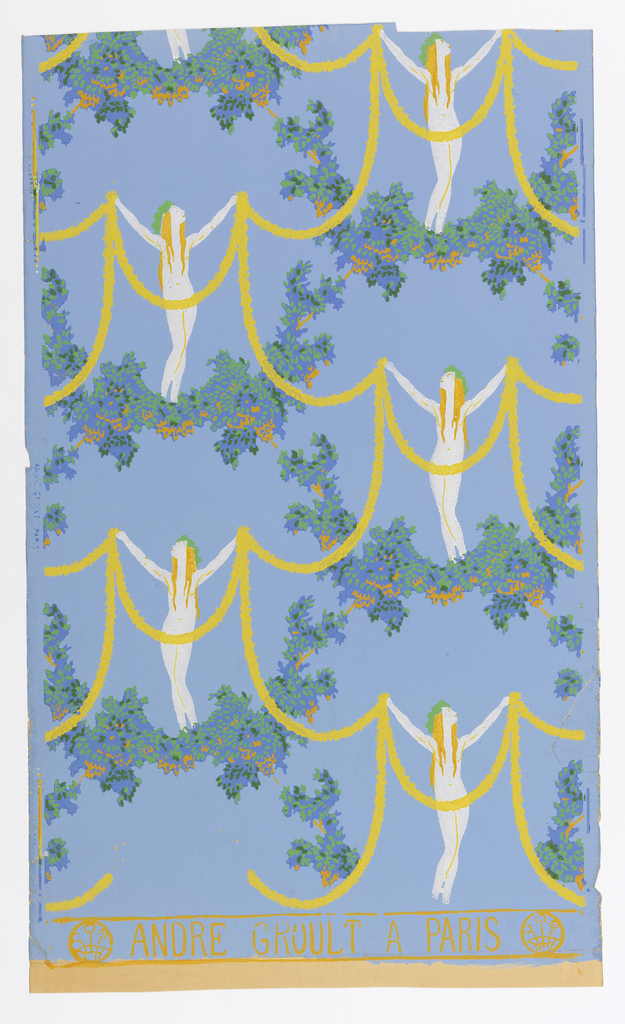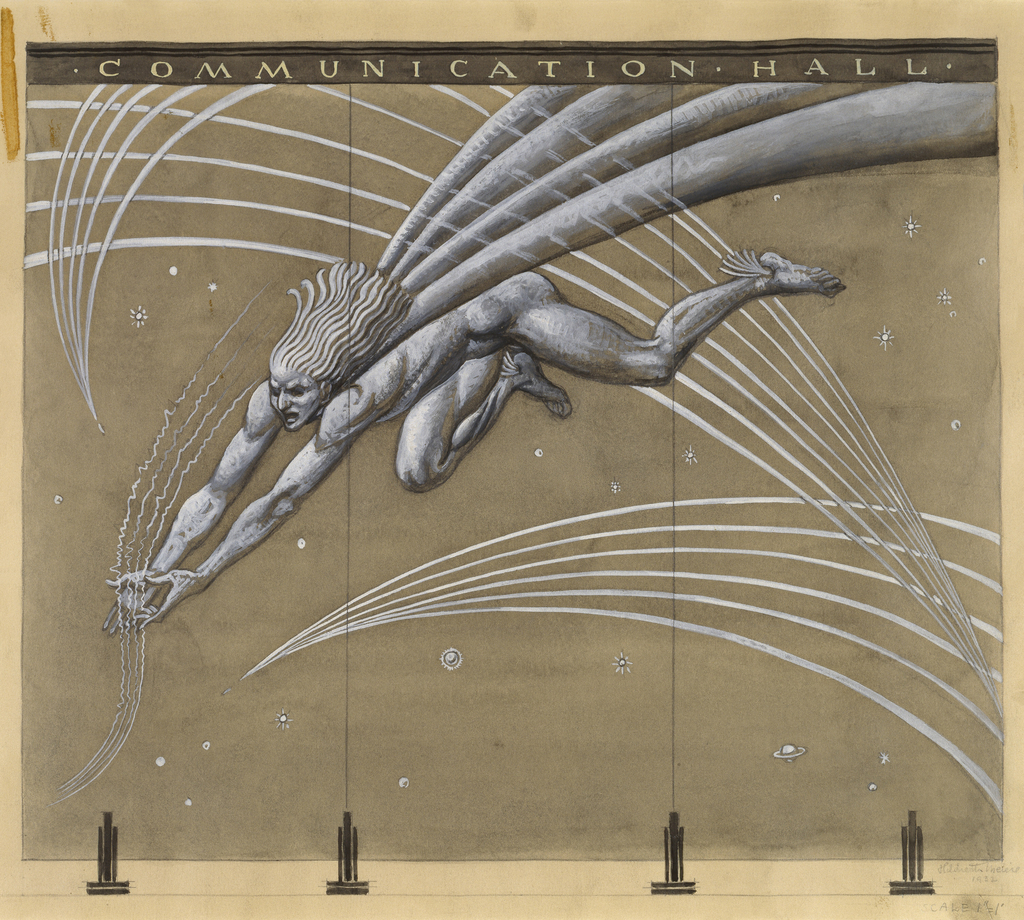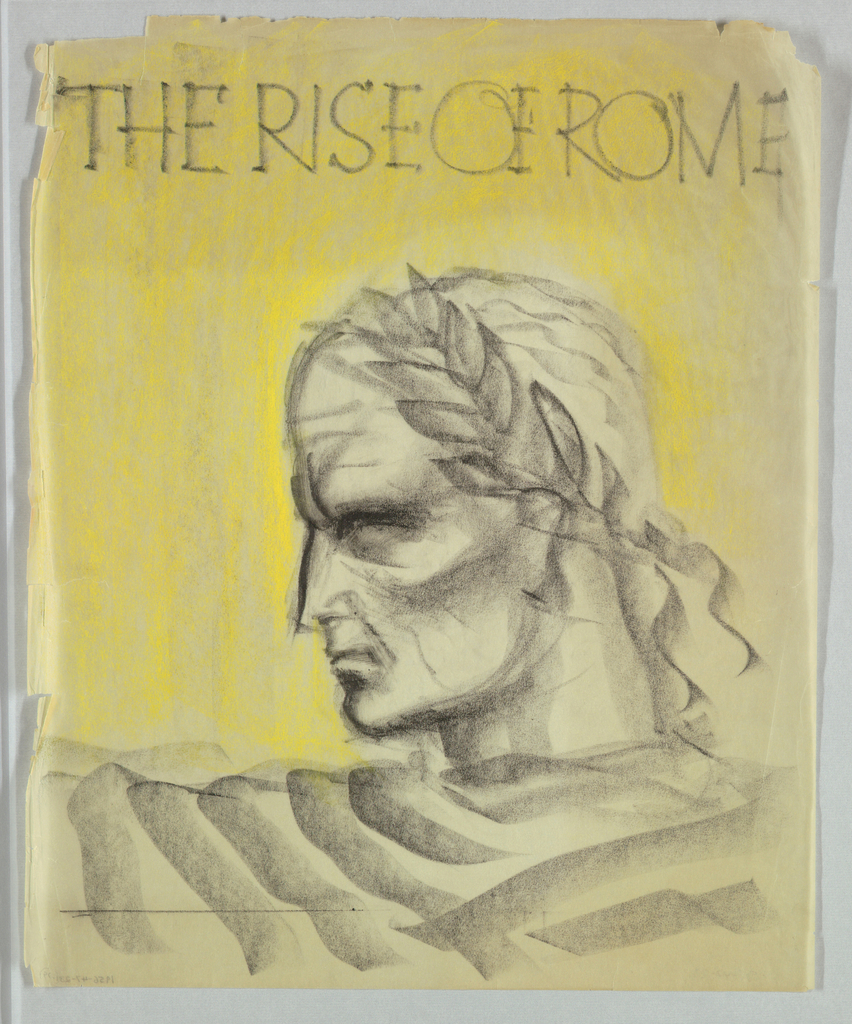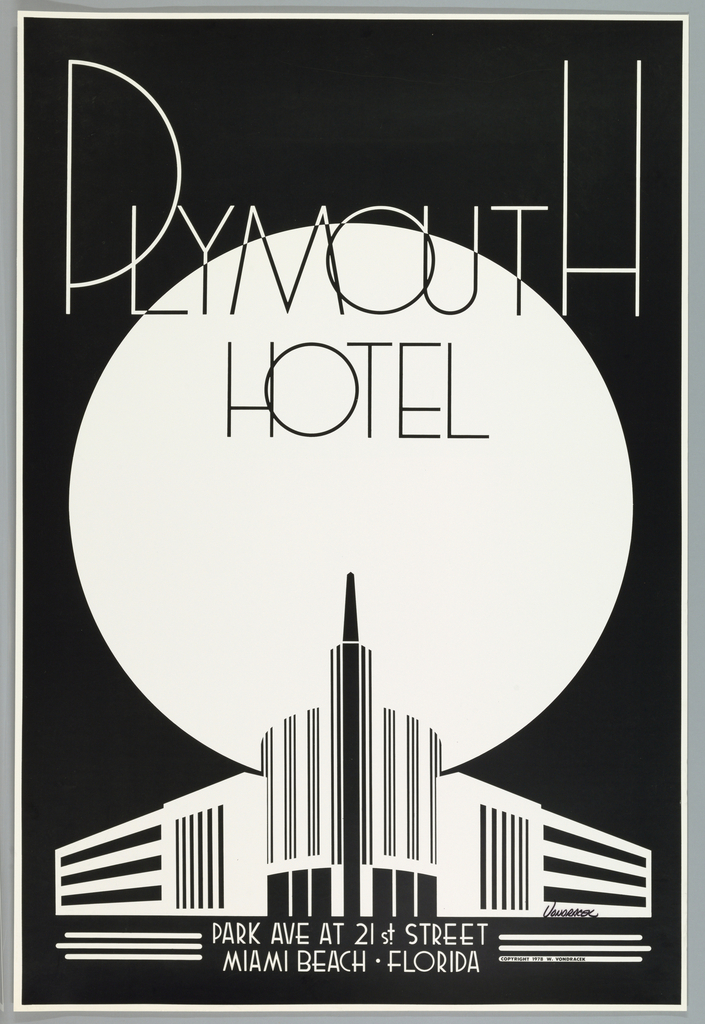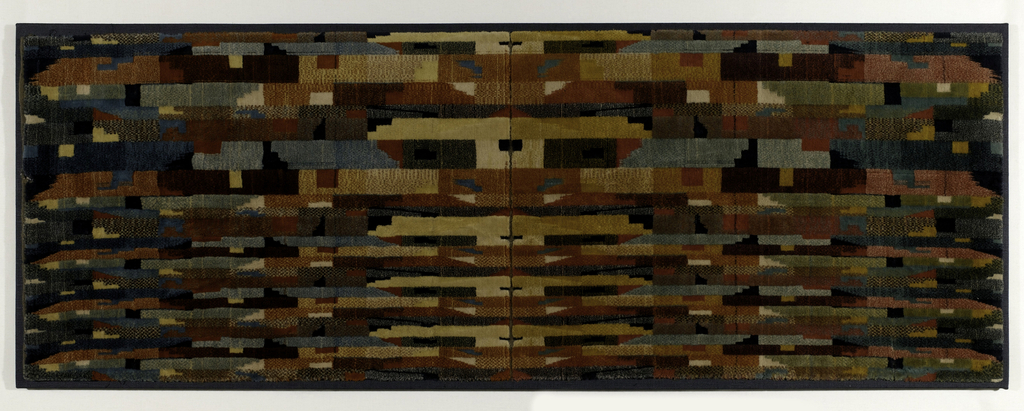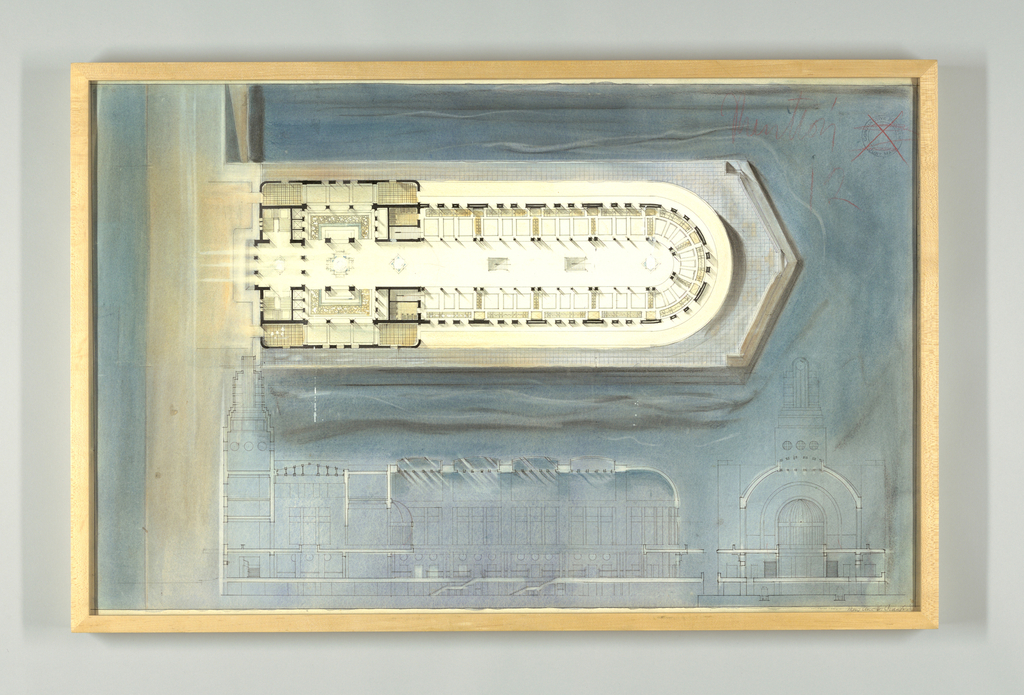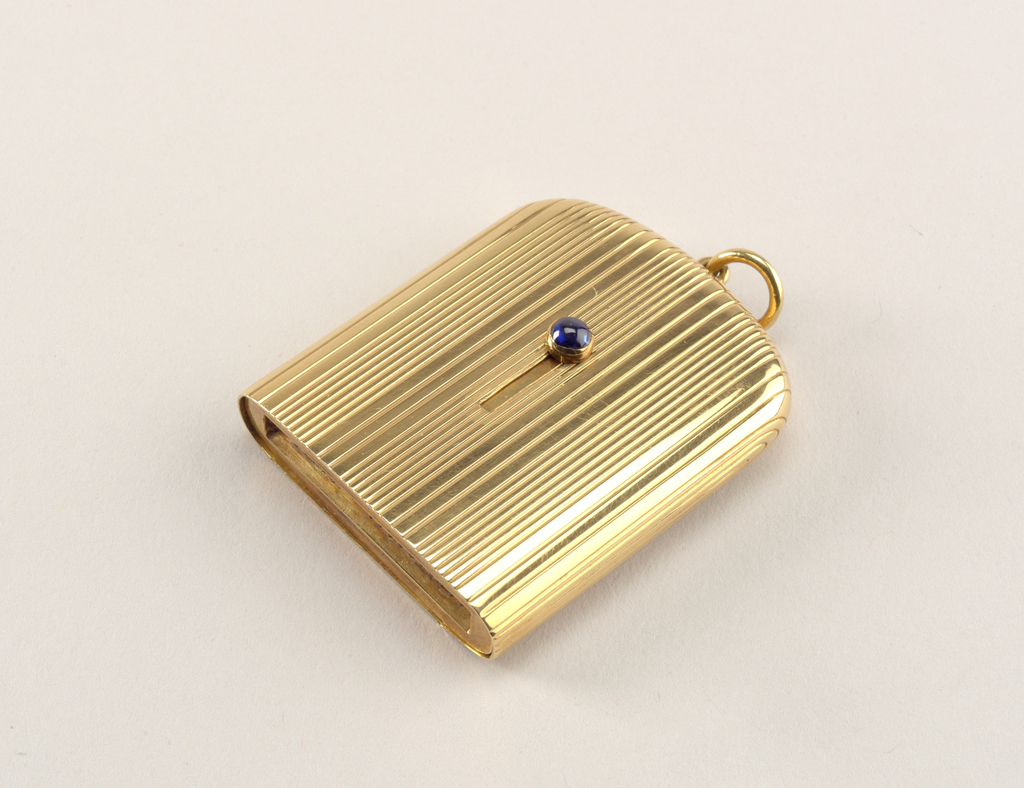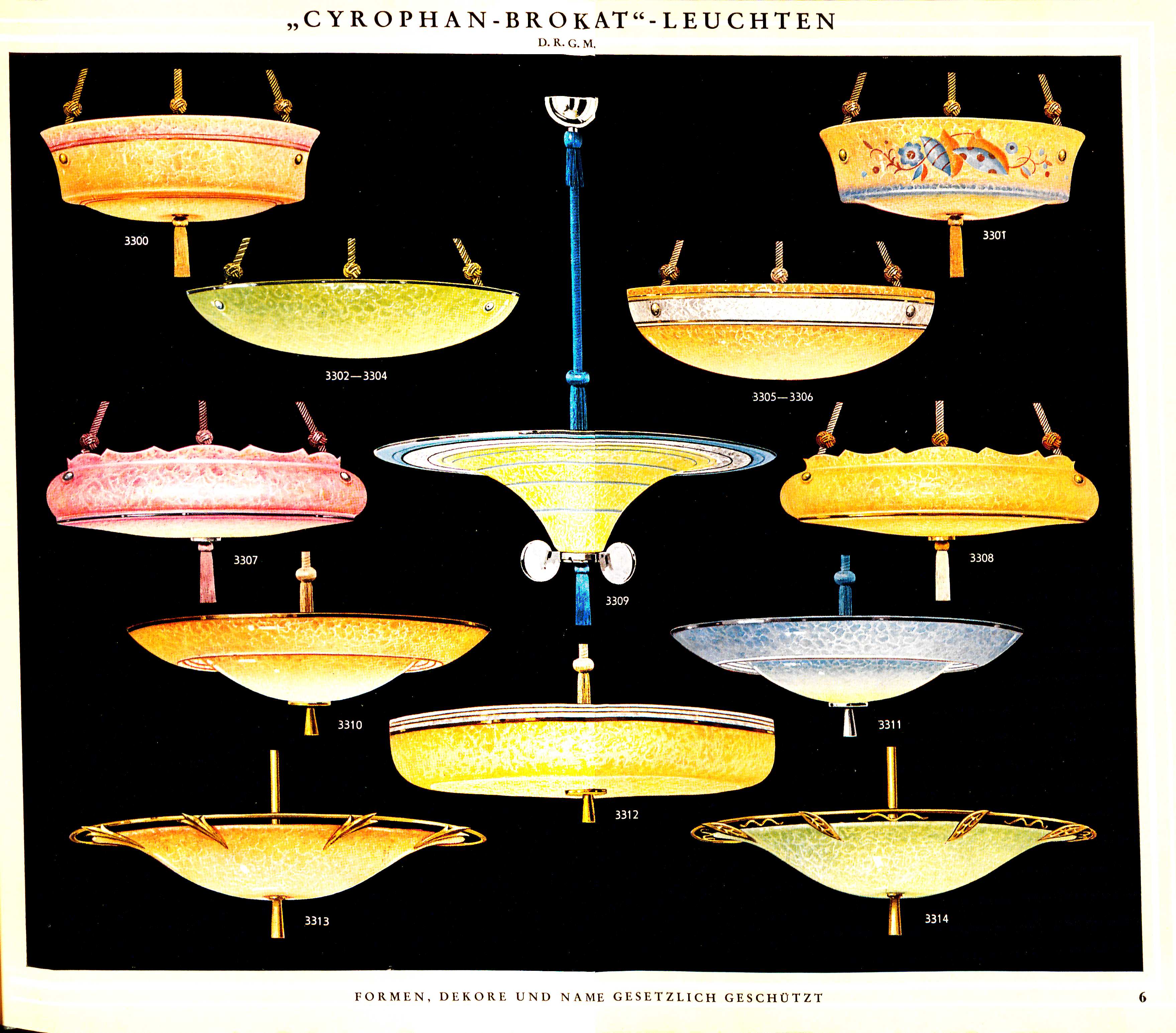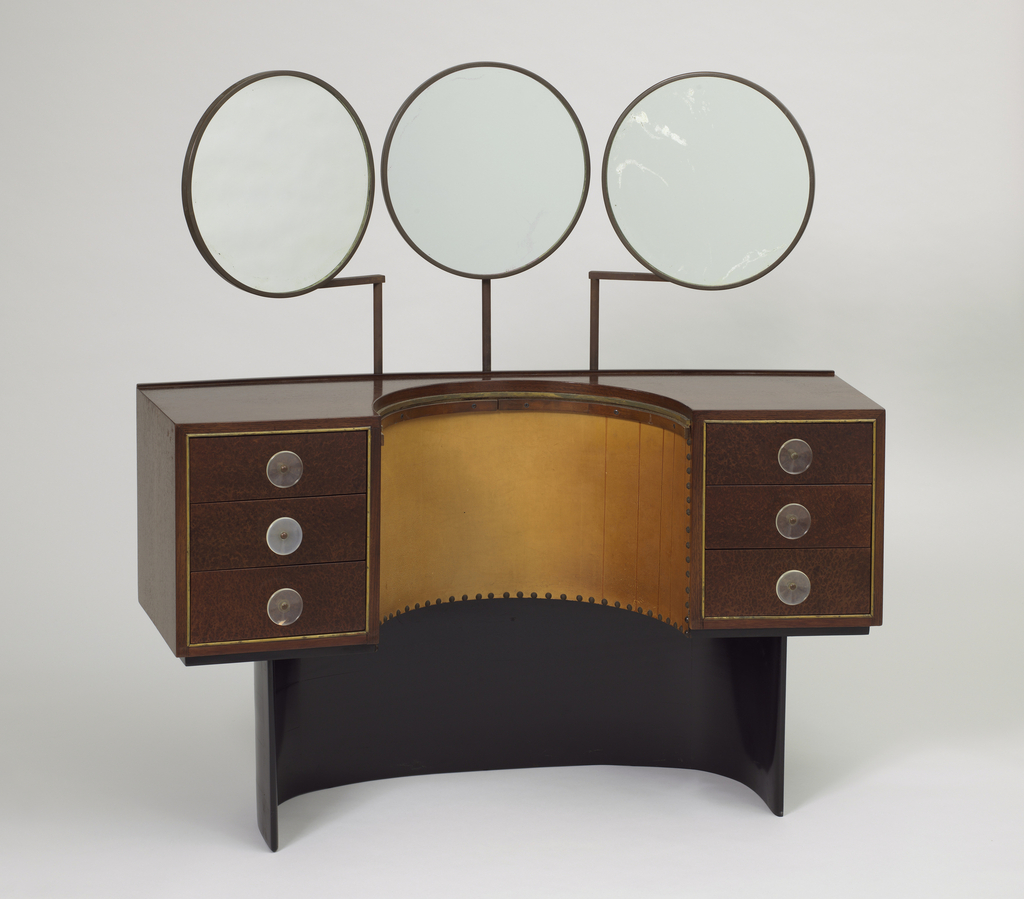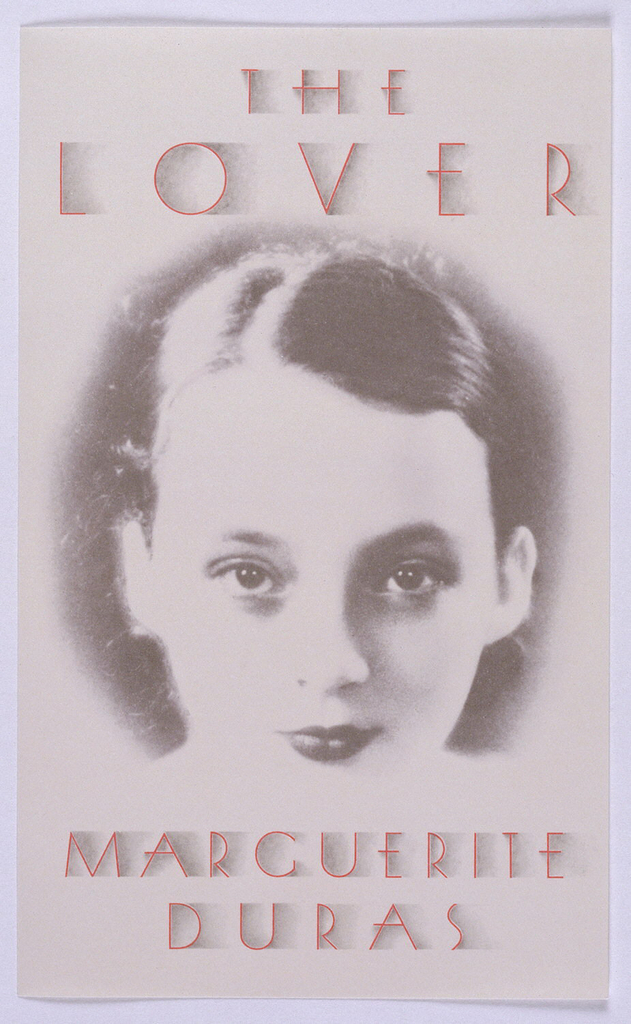Cynthia Trope discusses the intricate metalwork and lacquer work in this Jean Dunand vase.
Gail Davidson discusses Hugh Ferriss's process for crafting a 1920s skyscraper under strict zoning laws.
This design for a vegetable dish, now on view in The Jazz Age: American Style in the 1920s, blends classical forms with modern decorative details.
This book of images of the 1925 Exposition Internationale des Arts Decoratifs in Paris is now on view in The Jazz Age: American Style in the 1920s.
Now on view in The Jazz Age: American Style in the 1920s, Mariano Fortuny's iconic Delphos dress utilizes a patented pleating process that has never been fully understood.
This sidewall, now on view in The Jazz Age: American Style in the 1920s, is an excellent example of historicist tendencies in Art Deco design.
Hildreth Meière (1892-1961) was a distinguished Art Deco muralist, painter, mosaicist, and decorative artist often applauded for her defiance of normative standards against the professional success of females. In 1936 she wrote, “It drives me wild to be spoken of as ‘one of the best women artists’. I’ve worked as an equal with men, and...
Contemporary critics generally considered Gustav Jensen’s stylish illustrations and overall design for “The Rise of Rome” to be the highlight of the 1932 publication. The book, a simplified history of Rome’s transition from Republic to the Imperial rule of the Caesars, was written for a high-school audience by Gordon Congdon King. Reviews frequently complimented Jensen’s contributions, noting the pleasing “aesthetic experimentation” in format,...
In 1977 Miami’s South Beach lay in ruins: unkempt and forgotten by time. In less than 50 years, the district had gone from a lively and glamorous area to one that was run down and boarded up. With preservation in mind, a Miami Beach resident and mechanic by the name of Woody Vondracek set out...
This modernist velour furnishing fabric designed in 1934 was produced in an area of northern France where weaving centers like Lille, Roubaix, and Tourcoing manufactured fabrics for use on airplanes, trains, and boats. During this era, escalating industrialization facilitated mass transportation, which led to an increased emphasis on travel. This cultural shift not only introduced...
For her first assignment as an architecture student at the Massachusetts Institute of Technology (MIT), Mary Ann Crawford was given a sheet of paper, twelve hours, and a problem: design an entrance to an architectural school. Crawford’s submission was well-received by her professor, but he gave her a cautionary warning. “You want to be careful...
The development of friction matches in the early nineteenth century was a major discovery as it allowed for instantaneous and reliable fire on demand for the first time in history. The design of matchsafes arose as the early friction matches were both highly combustible and unstable. These decorative boxes allowed bulk matches to be protected...
Two rare Art Deco period catalogues, newly acquired by the CHM library, include illustrations with accompanying specifications and cost for more than 100 glass lighting fixtures manufactured by Meissner Glasraffinerie of Dresden dating circa 1930. Their factory was located at Coswig on the river Elbe situated between Meissen and Dresden, Germany. Not much is recorded...
Whether you call it a dressing table or a vanity, during the 1930s and 1940s this furniture form expressed the glamour and mystique of femininity. A woman sitting at her vanity—preparing to go out or to entertain in her home—connotes the vanity’s cultural associations with beauty, self-image, and preparation. Designed by Gilbert Rohde for Herman...
In celebration of Women’s History Month, Cooper Hewitt is dedicating select Object of the Day entries to the work of women designers in our collection. A pioneer of graphic design in New York City, Louise Fili is known for stylized, retro-inspired work that strongly favors Art Deco motifs. Her work is lauded for its creative...
